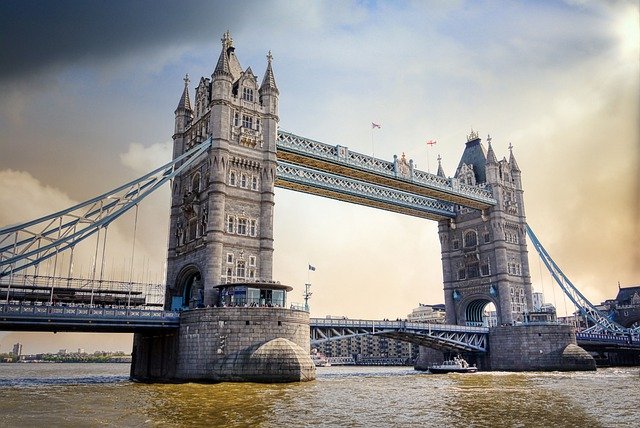By Tim Lambert
The population of London grew from 950,000 in 1800 to 6 million in 1900. At the beginning of the 19th century, rich men built estates at Somers Town, Camden Town, Walworth, Agar Town, Bromley, and Pentonville. Growth also spread to Battersea, Clapham, Camberwell, Brixton, Bayswater, and Peckham. By 1850 Deptford was part of London. Growth also spread to Fulham and Kensington.
As late as 1839 Shepherds Bush was called a ‘pleasant village’ but it was soon swallowed up. In the east Hackney, Poplar, and Cubitt Town were built up by 1850. Later in the century growth spread to East and West Ham.
After 1850 growth spread to Acton, Chiswick, Brentford, Richmond, Twickenham, and Ealing. In the North, it reached Willesden and Hampstead. Growth also spread to Hornsey and Tottenham. In the South, it spread to Putney, Wimbledon, Streatham, Dulwich, Catford, Lewisham, and Greenwich and Charlton.
After 1850 Chinese immigrants started settling in Limehouse. There were also many Irish immigrants in the Docklands. By 1850 London had 20,000 Jews. Their numbers doubled in the 1880s when many refugees arrived from Russia and Eastern Europe.
Part of the reason for the growth of London was the railway, which made it possible for people to live away from the city centre and travel to work each day. Euston Station was built in 1837 by Philip Hardwick (1792-1870). Kings Cross Station was built in 1852 by Lewis Cubitt (1799-1883). St Pancras was built in 1868 by Sir George Gilbert Scott (1811-1878).
However, there were epidemics of cholera in London in 1831, 1848-49, and finally in 1866. In 1859 work began on building a system of sewers for the whole city but it was not complete till 1875. After that death from the disease fell drastically.
In 1807 gas light was used for the first time at Pall Mall and by the 1840s was being used all over London. Electric light was first used in Holborn in 1883. By the 1840s there were horse-drawn buses and from the 1870’s horse-drawn trams. The first underground railway opened in 1863. At first, carriages were pulled by steam trains. The system was electrified in 1890-1905. Meanwhile, the Thames Tunnel was built in 1843.
In 1834 Parliament was destroyed by fire. It was rebuilt to a design by Charles Barry. The new parliament included a great clock, which is now known as Big Ben. Originally only the bell that struck the hour was called Big Ben (It was probably named after Sir Benjamin Hall, the Commissioner of Works) but in time people began to call the whole clock tower Big Ben.
John Nash created Trafalgar Square in 1839 and Nelson’s column was erected in 1842. Furthermore, many parks were created in London in the 19th century. Regents Park opened to the public in 1838. Victoria Park opened in 1845. Battersea Park opened in 1858. Another great London landmark the Albert Hall was built in 1871 by Francis Fowke (1823-1865).
New museums were created in Victorian London. The Victoria and Albert Museum opened in 1852. The Science Museum opened in 1857 and the Natural History Museum opened in 1881. New Scotland Yard was built in 1891 and the statue of Eros in Piccadilly Square was erected in 1892.
Meanwhile, London continued to be a great port. In the 18th century, ships tied up at wharves on the Thames but the river became overcrowded so docks were built. West India Dock (1802), London Dock (1805), East India Dock (1806) St Katherines Dock (1828), Victoria Dock (1855), Millwall Dock (1868) South West India Dock (1870), Albert Dock (1880) and Tilbury Docks (1886).
In the 19th century, London was also a great manufacturing center. Food and drink were important industries. There were flour mills and sauce factories in Lambeth and sugar refineries in Whitehall and St Georges in the East. The first tinned foods were made in Bermondsey. There were also breweries all over London.
Bermondsey and Southwark were famous for their leather industry and for hat making. Bethnal Green was noted for boot and shoemaking. The clothing trade was also important. Chemicals were made in Silvertown and West Ham. Clocks, watches, and jewelry were made in Clerkenwell. There were shipyards in Poplar, Deptford, Millwall, and Blackwall. Other industries in London included furniture making, machine and tool making, and the manufacture of horse-drawn carriages.
